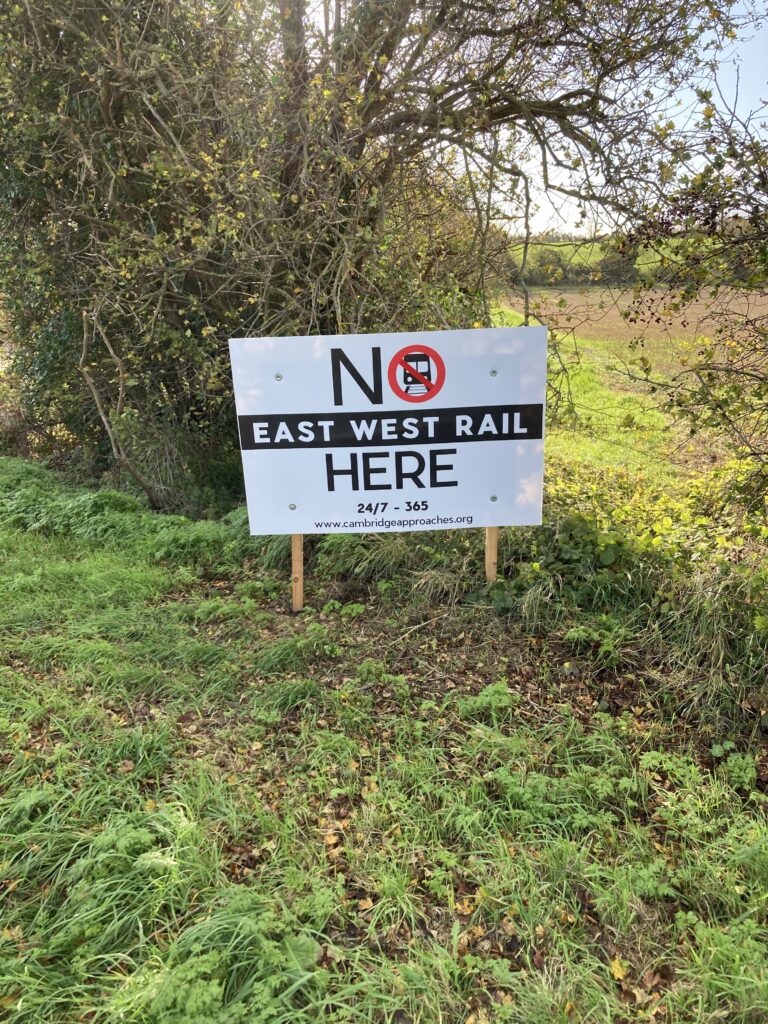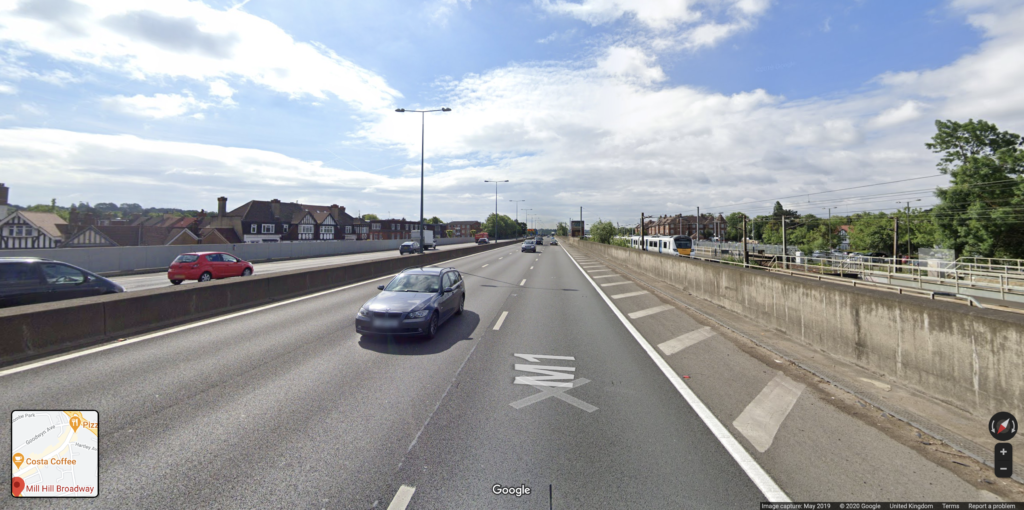We really welcome following press release from Anthony Browne supporting a Cambourne North Station for the East West Railway. This position was also the most popular option that came out of the Cambridge Approaches oversight group in a series of seven meetings leading up to the one held on the 8th October. This was attended by Anthony Browne MP, Will Gallagher of East West Rail, Aidan Van De Weyer Deputy Leader of South Cambridgeshire District Council and representatives from the parishes from Bourn to Great Shelford. Cambridge Approaches called on East West Rail to include a Cambourne North route in their next consultation expected in January 2021.
In a recent meeting between the CA working group and Mayor James Palmer he told us that he also supports a Cambourne North station for East West Rail.
A Cambourne North station implies a route similar to the example set out in this post from Cambridge Approaches and has a profound impact on the routing of the railway at it approaches Cambridge. We stress that the CA route is just an example and there is considerable more detailed work to do in threading the route through the various constraints between Cambourne North and Cambridge South.
The MPs press release follows:
“Anthony Browne, MP for South Cambridgeshire, has welcomed news that East-West Rail (EWR) is considering a station to the north of Cambourne and is calling for the option to be included in any future consultation.
As part of a meeting between EWR and local Parish Councillors, chaired and organised by Mr Browne, officials confirmed that the possibility of a railway station to the north of Cambourne was under active consideration.
Mr Browne worked towards securing a northern option as part of his general election campaign and has written to the Secretary of State for Transport on this issue. He is continuing to arrange high-level meetings between senior EWR planners and local representatives.
Twenty-eight Parish Councils were represented at the meeting, which was addressed by the EWR Director of Strategy Will Gallagher, with Program Delivery Director Ian Parker taking questions on the design and implementation of the railway. Ashton Cull, Senior Policy Advisor to Combined Authority Mayor James Palmer was also in attendance.
Several other local concerns were also raised during the meeting, including early electrification of the railway, potential timetabling issues and the environmental impact of the scheme.
Mr Browne commented: “East-West Rail is clearly listening to local opinion and I am delighted to hear they are considering a station north of Cambourne. I’m now calling on them to include any such option as part of a future public consultation.
“I believe there is a very powerful case for a station to the north of Cambourne, where it will avoid many much-loved areas of natural beauty and will provide better connections with other transport links, such as the A428.
“We need better public transport links through South Cambridgeshire, but it is important that any engagement is wide-ranging, transparent and happens as early on in this process as is possible. Residents have the right to know what they can expect from this project.”




